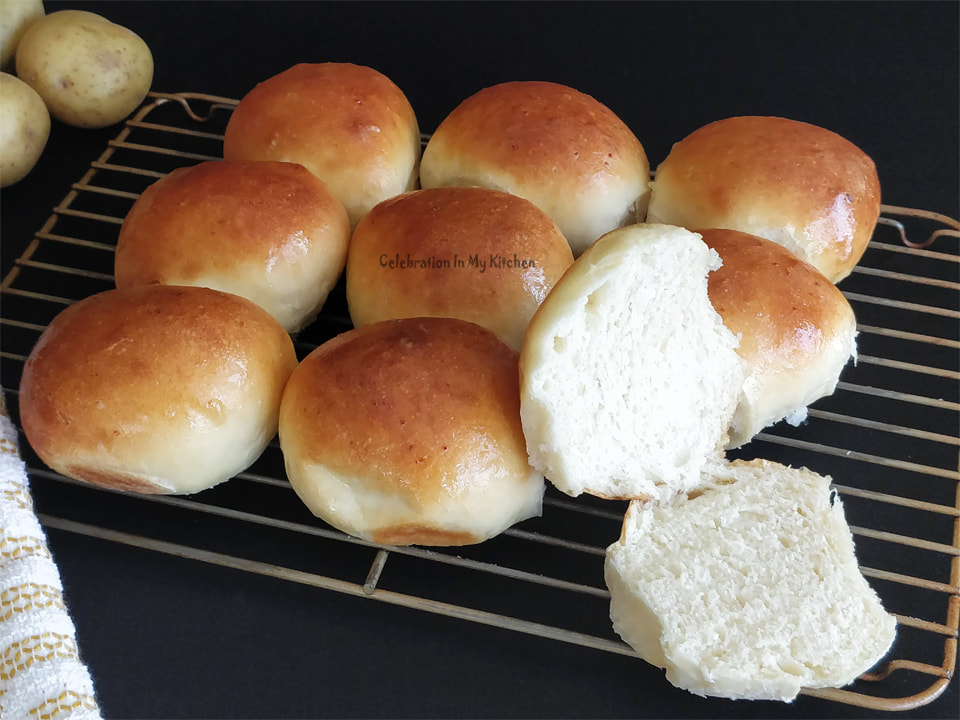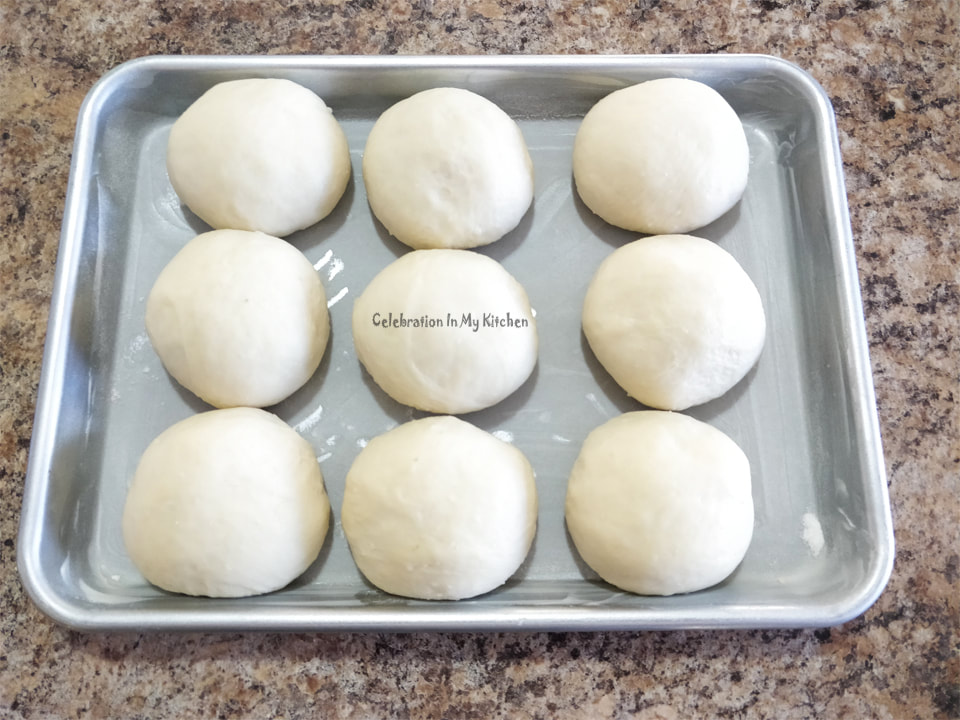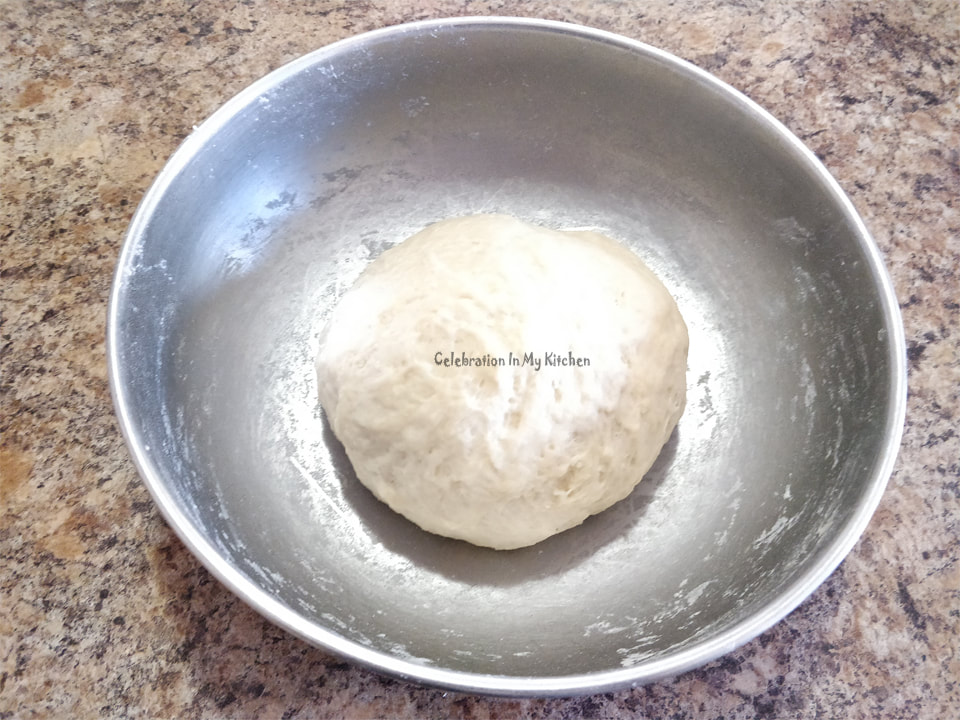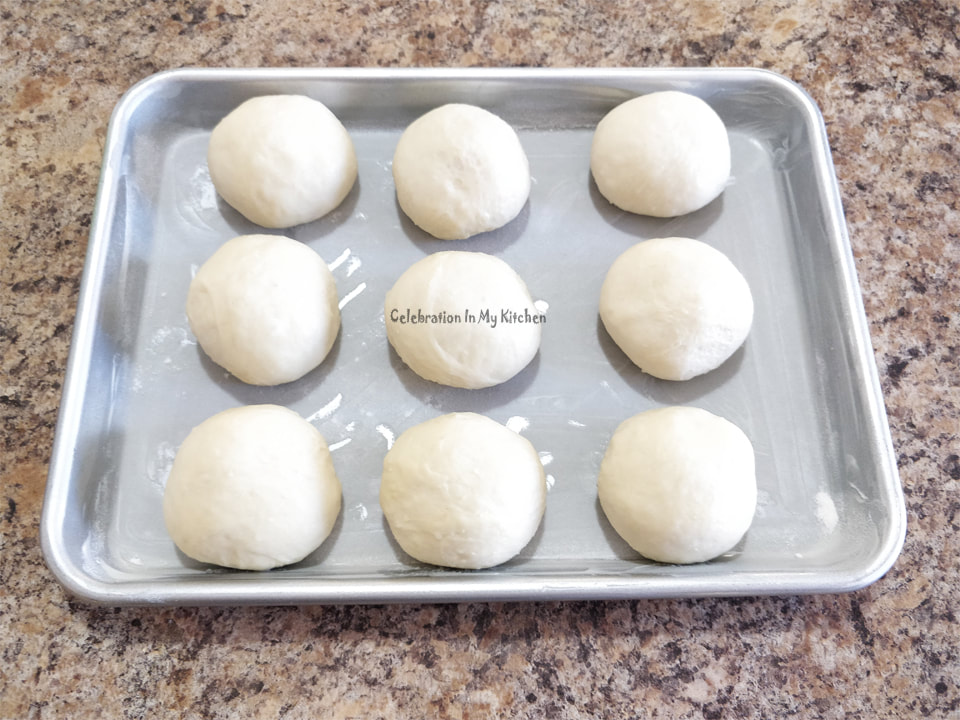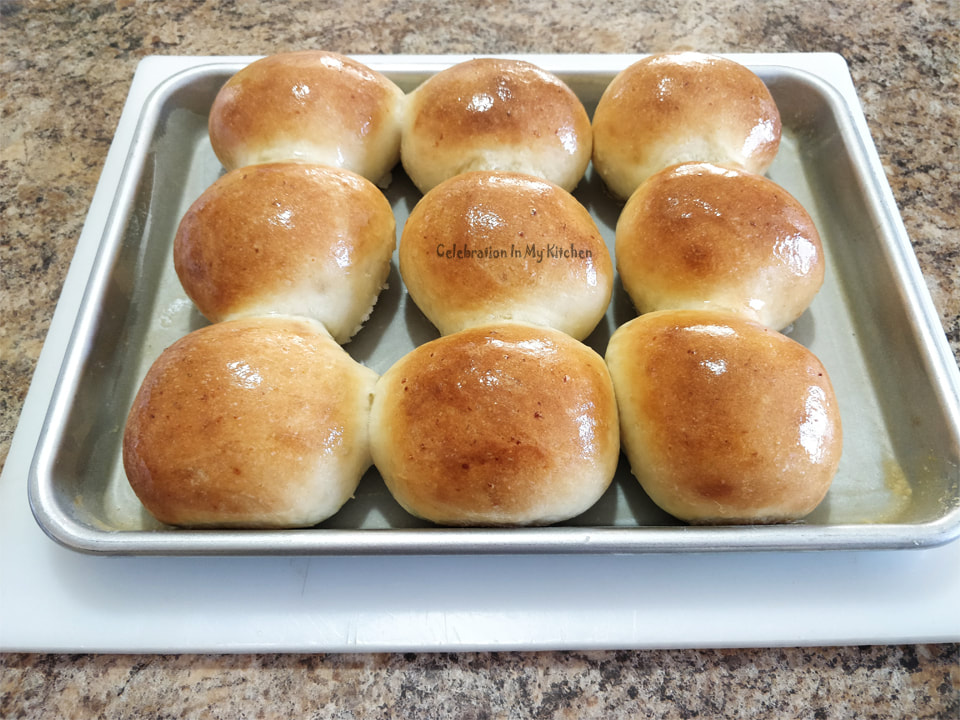The humble potatoes are so versatile, hearty, filling and satisfying. They can be baked, fried, boiled, mashed, roasted or grilled. A great addition to various meat and vegetable dishes including salads. An amazing binding and thickening agent. Delicious in cakes and a secret ingredient to creating airy rolls.
Bread rolls are popularly served as a side or used for sandwiches. What makes these rolls different is the addition of mashed potatoes. When mixed with flour, the dough is soft, easy to shape and handle. The starch molecules in the potatoes attracts and absorbs moisture disrupting the gluten network (refraining the protein in the flour to form gluten). Thereby, helping in achieving rolls that have a light crumb and tender texture. Also, the extra moisture content prevents the bread from drying out, giving it a longer shelf life for a week or more. One of my favourite rolls to bake, fluffy and delicious.
When purchasing potatoes, select firm and plump ones. Avoid those with sprouting eyes, soft spots or green potatoes. While the latter may look that they are not fully matured, they have been exposed to too much sunlight, developing a mild toxin called solanine under the skin. Potatoes should be stored in a cool, dry, dark and well-ventilated place away from sunlight. Do not refrigerate them as some of the potato starch converts to sugar increasing their sweetness and turning dark when cooked. Freezing potatoes will turn them mushy. Also, keep the potatoes away from onions since both release gas and moisture that causes spoilage.
Bread rolls are popularly served as a side or used for sandwiches. What makes these rolls different is the addition of mashed potatoes. When mixed with flour, the dough is soft, easy to shape and handle. The starch molecules in the potatoes attracts and absorbs moisture disrupting the gluten network (refraining the protein in the flour to form gluten). Thereby, helping in achieving rolls that have a light crumb and tender texture. Also, the extra moisture content prevents the bread from drying out, giving it a longer shelf life for a week or more. One of my favourite rolls to bake, fluffy and delicious.
When purchasing potatoes, select firm and plump ones. Avoid those with sprouting eyes, soft spots or green potatoes. While the latter may look that they are not fully matured, they have been exposed to too much sunlight, developing a mild toxin called solanine under the skin. Potatoes should be stored in a cool, dry, dark and well-ventilated place away from sunlight. Do not refrigerate them as some of the potato starch converts to sugar increasing their sweetness and turning dark when cooked. Freezing potatoes will turn them mushy. Also, keep the potatoes away from onions since both release gas and moisture that causes spoilage.
Potato Rolls
(Yields 9)
Ingredients:
200 grams potatoes (about 2 medium-sized)
2 1/2 cups + 1 tablespoon all-purpose flour
2 1/4 teaspoons dry yeast
1 teaspoon sugar
1/2 cup milk
1/4 cup lukewarm water
1 large egg (lightly beaten)
1 tablespoon butter (for dough)
1 tablespoon melted butter (for brushing)
1 teaspoon salt
Method:
Wash the potatoes, cook with some water until fork tender. Peel, pass through a ricer and set aside. Alternatively, they can be mashed.
Heat milk with butter in a microwave until warm to the touch. Stir in the yeast along with sugar. Set aside for 5 minutes to foam and froth.
Sift 2 1/2 cups flour and salt in a bowl. Add the mashed potatoes, yeast mixture, egg and water. Mix to form a dough, which will be slightly sticky.
Dust 1 tablespoon of flour on a board and knead the dough well for 5 to 8 minutes until soft and smooth. It should spring back when pressed with two fingers. Place dough in a greased bowl, turning once. Cover with plastic wrap and let dough rise in a warm place until doubled in size, about 1 hour.
Grease and flour a baking tray.
Once the dough has risen, punch it down to deflate the air. Weigh dough and divide into 9 equal smooth balls pressing the seam tight at the bottom. Place each ball in the prepared pan (seam side down), leaving some space in between to rise and expand.
Note:
Cover pan and let the balls rise in a warm place until double in size, about 30 minutes.
Preheat oven to 375 F or 190 C.
Bake for 20 minutes until golden brown and done. Once out of the oven, brush buns with melted butter for a shine.
Carefully, remove buns from the pan and place on a wire rack to cool.
Serve buns warm or at room temperature.
Note:
(Yields 9)
Ingredients:
200 grams potatoes (about 2 medium-sized)
2 1/2 cups + 1 tablespoon all-purpose flour
2 1/4 teaspoons dry yeast
1 teaspoon sugar
1/2 cup milk
1/4 cup lukewarm water
1 large egg (lightly beaten)
1 tablespoon butter (for dough)
1 tablespoon melted butter (for brushing)
1 teaspoon salt
Method:
Wash the potatoes, cook with some water until fork tender. Peel, pass through a ricer and set aside. Alternatively, they can be mashed.
Heat milk with butter in a microwave until warm to the touch. Stir in the yeast along with sugar. Set aside for 5 minutes to foam and froth.
Sift 2 1/2 cups flour and salt in a bowl. Add the mashed potatoes, yeast mixture, egg and water. Mix to form a dough, which will be slightly sticky.
Dust 1 tablespoon of flour on a board and knead the dough well for 5 to 8 minutes until soft and smooth. It should spring back when pressed with two fingers. Place dough in a greased bowl, turning once. Cover with plastic wrap and let dough rise in a warm place until doubled in size, about 1 hour.
Grease and flour a baking tray.
Once the dough has risen, punch it down to deflate the air. Weigh dough and divide into 9 equal smooth balls pressing the seam tight at the bottom. Place each ball in the prepared pan (seam side down), leaving some space in between to rise and expand.
Note:
- No flour was used to shape dough into balls.
Cover pan and let the balls rise in a warm place until double in size, about 30 minutes.
Preheat oven to 375 F or 190 C.
Bake for 20 minutes until golden brown and done. Once out of the oven, brush buns with melted butter for a shine.
Carefully, remove buns from the pan and place on a wire rack to cool.
Serve buns warm or at room temperature.
Note:
- Leftover mashed potatoes not seasoned with butter, milk, pepper and salt can be used, around 1 cup.
- Overcooking the potatoes and making them mushy may result in inclusion of extra flour thereby, modifying the recipe.


